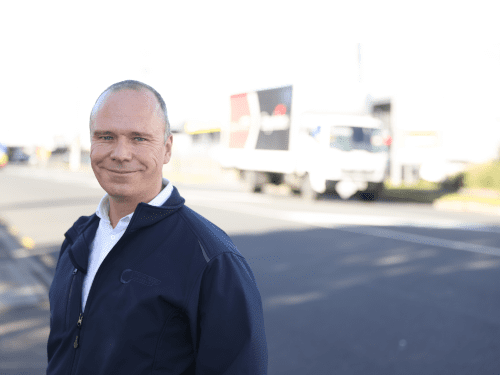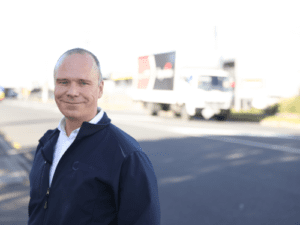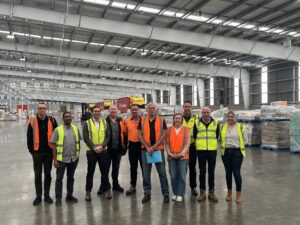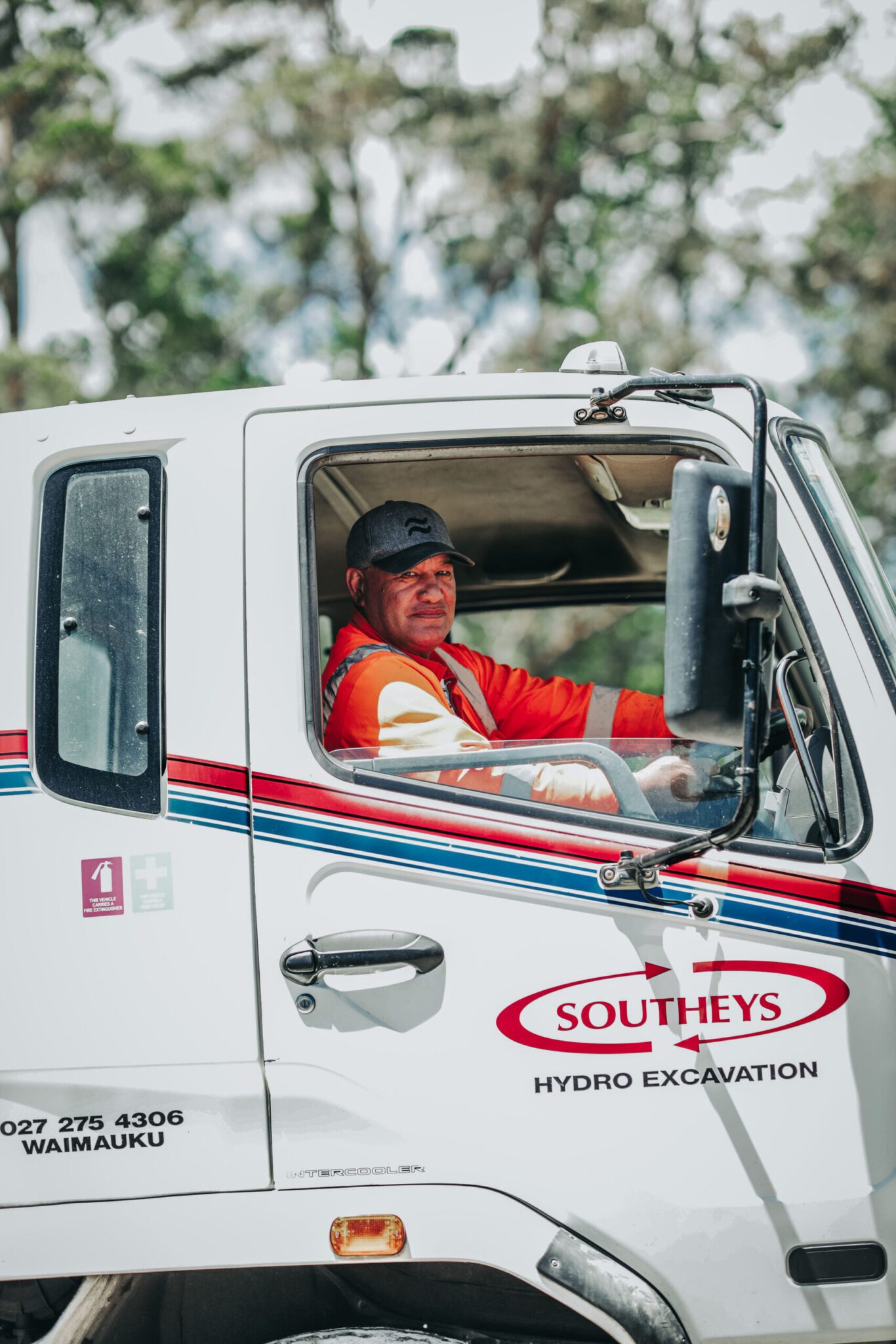With COP27 filling the headlines this week, my thoughts naturally turn to what this means for New Zealand’s road transport sector.
It’s easy to feel that the gap between aspiration and reality is as wide as ever. Alternative fuel for long-haul road transport is yet to be cracked. Hydrogen and electric trucks are three times the price of ICE equivalents.
This is beyond the reach of all but the largest of trucking operations in New Zealand – but what about the rest?
The Ministry of Transport’s Freight and Supply Chain strategy tackles that very question. The issues paper captures what the Ministry of Transport have heard loud and clear from the trucking sector:
- That funding must be provided to support trucking firms to purchase zero and low-emission trucks (MOT support this)
- Hydrogen or fast-charging stations? Long term infrastructure investment planning from government is needed so industry can make its own investment plans
- Road freight productivity, efficiency and capacity has to grow while emissions are being reduced – the economy depends on it
- Much better data on trucking is needed to make good decisions on roading and fleet transition
Our goal at NRC is to see that sensible government policies and support are put in place for the freight sector to meet emissions targets. First and foremost this means that transport businesses can afford to buy lower-emissions vehicles (through incentives and funding) while continuing to grow the freight capacity the economy needs.
It is going to be a long and winding road to the 2035 target of a 35% reduction in freight transport emissions, but NRC will be there with you every step of the way.
Justin Tighe-Umbers
CEO | National Road Carriers Assn
DDI: +64 9 636 2951 | E: justin.tighe-umbers@natroad.co.nz | www.natroad.co.nz
‘Supporting those who choose to make a living in the Road Transport Industry’ Since 1936





